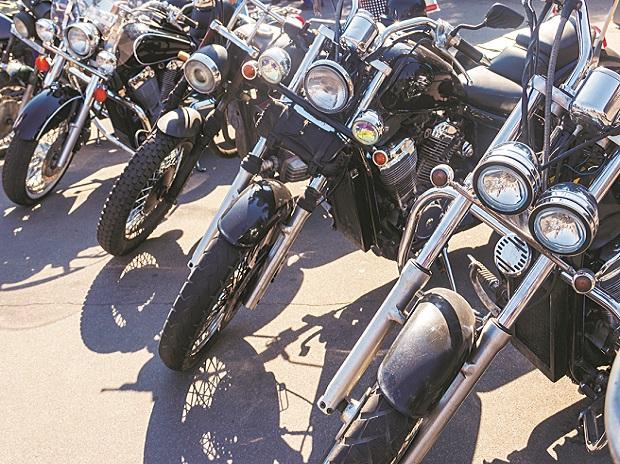[ad_1]
The government has deferred the regulatory requirement of deploying sensors on two-wheelers that can indicate whether the exhaust emission control device is functioning optimally. This comes as a respite for the industry reeling from a protracted slowdown, as the move would have resulted in added costs.
An official of the ministry of road transport and highways (MoRTH) confirmed the decision. “The (requirement of) fixing sensors to assess the performance of the catalytic converter has been deferred to April 1, 2025,” said the official.
A catalytic converter converts toxic gases and pollutants from an internal combustion engine into less toxic
pollutants.
The norm, part of the On-Board Diagnostic (OBD) phase II regulations for manufacturers of motorcycles
and scooters, was to come into effect from April 1, 2023. The official, however, clarified that the manufacturers would still have to comply with the other requirements of the OBD II regulations.
The two-wheeler industry has been witnessing a slowdown since 2018 due to the multiple cost increases that have come on the back of a slew of regulations. Compliance with yet another regulation would have jacked up the prices of entry-level models by Rs 1,000-1,500 each, denting the sales further, said company executives.
The decision to defer the rule was arrived at after extensive stakeholder consultation, said the MoRTH official cited above. “It’s the only one (requirement) that has been deferred among a host of other things that are to be complied with,” he added. The official said extensive trials were carried out by various manufacturers, but the results were far from satisfactory.
The performance of the sensor is not getting established conclusively. That’s the reason the ministry thought of deferring it. There’s no point in rolling it out if the system “is not foolproof”, he added.
Citing an example, he said that sometimes the OBD lamp (attached to the sensor) might start glowing even when the catalytic converter’s performance was as expected.
The exact location of the sensor on a two-wheeler has yet to be ascertained. Globally, Europe has also not been able to do it. The time extension in Europe, too, is 2025.
“In case, the rider gets a false alarm, the owner will unnecessarily get hassled and feel he or she has been short-changed by the manufacturer,” the official said.
Welcoming the decision, Sanjeev Vasdev, founder and MD, Flash Electronics, said, “I am very glad that the government has deferred this by two years. It would have otherwise been a big blow to the two-wheeler industry.” Flash is a manufacturer of electrical, electronics, gears and transmissions, and counts almost every two-wheeler maker in India as its customer.
According to Vasdev, the additional sensor would have made a huge cost impact. “It also would have required changes to be made to the design of the catalytic converter. This would have led to cost escalation,” he said.
Now that it has been postponed, companies will get enough time to do the test. It requires 35,000 kilometres of durability tests.
An official at a two-wheeler firm, who declined to be identified, said, “The matter has been under discussion for some time. The new dates were done in collaboration with the industry and are in line with the European approach.”
[ad_2]
Source link



